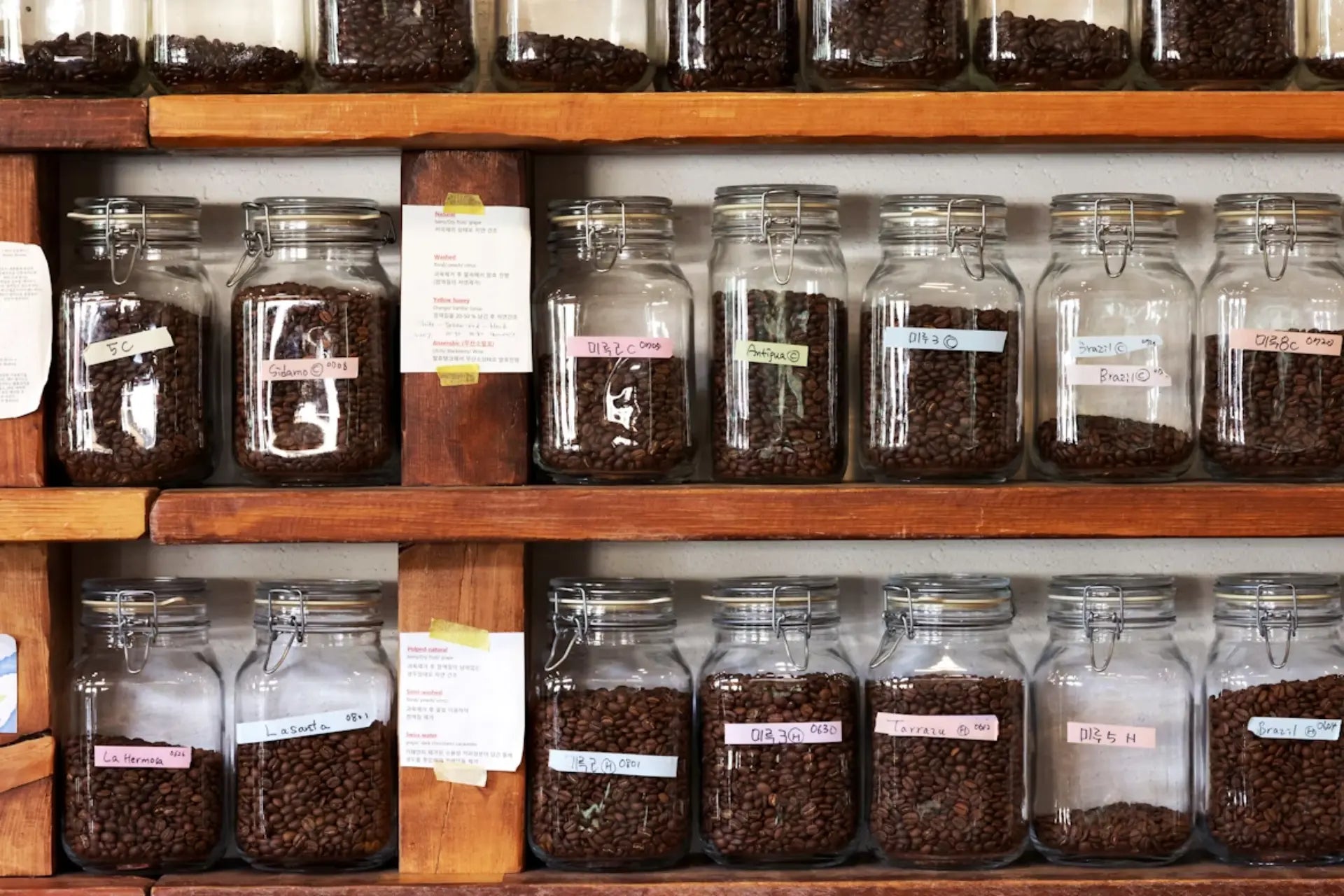Stop ruining good coffee out of laziness and mediocre habits. You buy decent beans and then treat them like rice: you leave them on the countertop, throw them into any clear jar, or grind everything at once. Result? Flat aroma, lost flavors, and excuses. Here’s, no-nonsense, what actually works so every cup is worth it.
Why beans lose their magic
Beans lose aroma and complexity because of four enemies: oxygen, light, heat and humidity. After roasting the beans keep “breathing”: they release CO₂ and, at the same time, oxidize. That oxidation destroys the most volatile and valuable notes of a good roast. Controlling those four factors slows degradation and preserves the cup experience.
The stupid mistakes you must stop doing
• Leaving the bag open on the counter. Every opening introduces oxygen and accelerates aromatic loss.
• Transferring the beans to a transparent jar and leaving it on display. Light breaks volatile compounds; clear jars are for photos, not for preserving coffee.
• Storing coffee in the fridge in an open container. The fridge is humid and smells like other things: coffee absorbs odors and moisture and loses its profile.
• Grinding everything at once and storing it. Ground coffee has a much larger exposed surface: it goes bad in hours or days.
• Buying kilos “because it’s cheaper” and treating them as if they were eternal. Buy what you will consume in weeks or freeze properly.
• Using containers with a poor seal. A bad seal is basically leaving the package open with style.
What to do: practical golden rules
• Store whole beans whenever you can. Grind just before brewing.
• Use an opaque, airtight, high-quality container. If it’s not opaque, it’s no good.
• Keep beans in a cool, dark, dry place (pantry or cabinet away from the stovetop).
• Buy quantities you consume within 2–4 weeks after roast. If you buy more, prepare portions to freeze.
• If you’re going to freeze, do it right: vacuum-sealed portions, don’t refreeze, and let them reach room temperature before opening.
Containers: what works and what doesn’t
What works (ordered by real effectiveness):
-
Opaque airtight jar with a silicone gasket.
-
Canister with a one-way valve (allows CO₂ to exit without letting air in).
-
Vacuum-sealed bags for portioned freezing.
What not to buy: clear glass jars on display, plastic bags without closures, cheap tins with poor seals. If it looks cheap but doesn’t seal well, don’t buy it.
Refrigerator or freezer: the honest answer
The fridge is a trap: humidity and odors. Don’t put coffee in the fridge.
The freezer can save beans if you do it correctly: it slows the rate of degradation, but only if the coffee is perfectly sealed and portioned. If you’re going to consume it in weeks, better store it in the pantry; freeze only for long-term storage and avoid opening and closing bags.
How to freeze correctly (step by step, without mistakes)
-
Wait 24–48 hours after roasting for the initial degassing.
-
Divide into small portions (e.g., 200–300 g) to avoid opening more than necessary.
-
Use vacuum bags or high-quality airtight bags; remove the air.
-
Label with the roast date and the portion.
-
Freeze. When you remove a portion, let it reach room temperature before opening to avoid condensation. Never refreeze.
How long is “fresh” really
• Optimal: 2–4 weeks after roast for filter; for espresso, many prefer between 1–6 weeks depending on profile and preference.
• After that period complexity declines: it will still be coffee, but you’ll lose the floral, fruity, or nuanced notes you paid for.
Simple routine for every purchase (make it automatic)
-
Check the roast date when you buy. If there isn’t one, be skeptical of the quality.
-
Immediately divide into portions if you bought more than you’ll consume in 2–4 weeks.
-
Place the active portion in an opaque, airtight jar in the pantry.
-
Store the extra portions in the freezer (if you’re going to store them).
-
Grind only what you’re going to use that day.
Mini-FAQ (direct answers)
Can I grind and store for convenience?
You can, but ground coffee loses aroma in hours/days. If you seek quality, grind just before.
Does dark roast last longer than light roast?
It’s not a useful rule. What matters is post-roast freshness and how it’s stored, not just color.
Do capsules better maintain freshness?
Yes, because they’re sealed; the problem is waste and cost. But for pure freshness, sealed capsules are efficient.





Share:
Coffee beans vs ground coffee: Which one to choose based on how you enjoy it?
Panettone: the story of a ritual that returns every Christmas